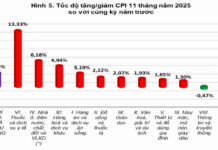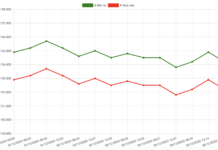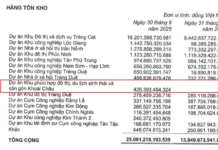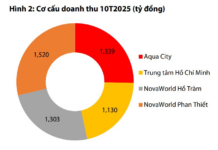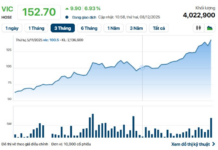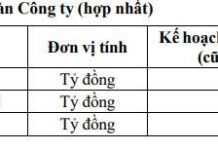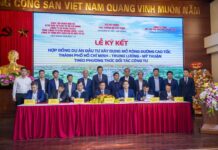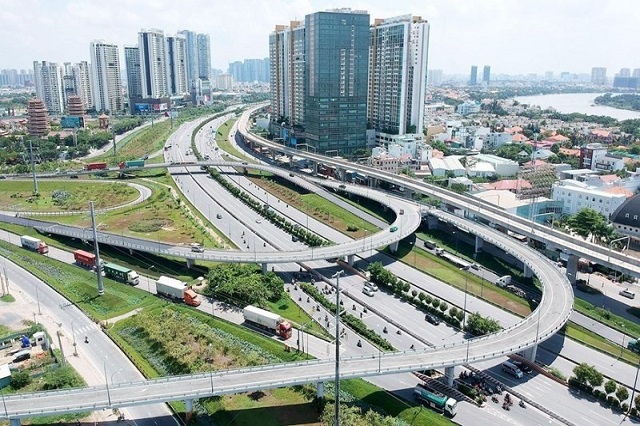
Public investment refers to the government’s investment in infrastructure development programs and projects, as well as initiatives that promote socio-economic progress.
Mr. Nguyen Duc Lenh, Deputy Director of the State Bank of Vietnam’s Ho Chi Minh City branch, highlighted the positive impact of public investment on commercial bank credit and its growth from a macro perspective.
Firstly, bank credit meets the capital demands of infrastructure development projects and socio-economic development programs. Moreover, during this process, the implementation of public investment projects catalyzes the growth of related industries, fields of production, commerce, and services, thereby increasing capital requirements and stimulating credit growth. This is the most positive influence on credit expansion when viewed through the lens of the socio-economic environment and the interconnected relationship between banks, clients, and the economy. In reality, large-scale projects, such as transportation infrastructure, road construction, and airport development, along with energy and vital national projects involving electricity, transportation, education, and healthcare, have all benefited from bank credit and are contributing to economic growth, positively impacting credit expansion.
Secondly, it facilitates a smooth flow of capital within the economy. This not only alleviates bottlenecks in public investment but also boosts the economy’s capacity to absorb capital. This significance stems from the “spillover” effect of public investment, as infrastructure development projects catalyze the growth of related sectors. Consequently, this generates a flow of money and facilitates capital circulation, which is crucial for stimulating credit growth by enhancing the economy’s capacity to absorb capital, fostering business development, and ensuring a consistent flow of credit.
From a macro perspective, these are the two primary positive influences on credit growth, reflecting the role of bank credit in socio-economic development and public investment initiatives. To maximize this role, credit institutions must continue to implement effective credit solutions and business support measures, with a focus on “removing obstacles for enterprises in accessing capital” and empowering them to thrive. This will drive the expansion and development of production and business activities. It is particularly crucial to maintain a healthy “cash flow” and sustain the development trend to enhance the economy’s capacity to absorb capital, ensuring sustainable growth and resilience amid challenges.
The Power of Lizen: Consistently Winning Massive Bids
Lizen has achieved a significant milestone by successfully deploying and implementing major high-speed construction projects in 2023. The company’s revenue has reached 2,030.5 billion VND, which is twice the amount compared to 2022. However, the post-tax profit has reached its lowest point in the past 6 years, dropping down to only 118.3 billion VND.








